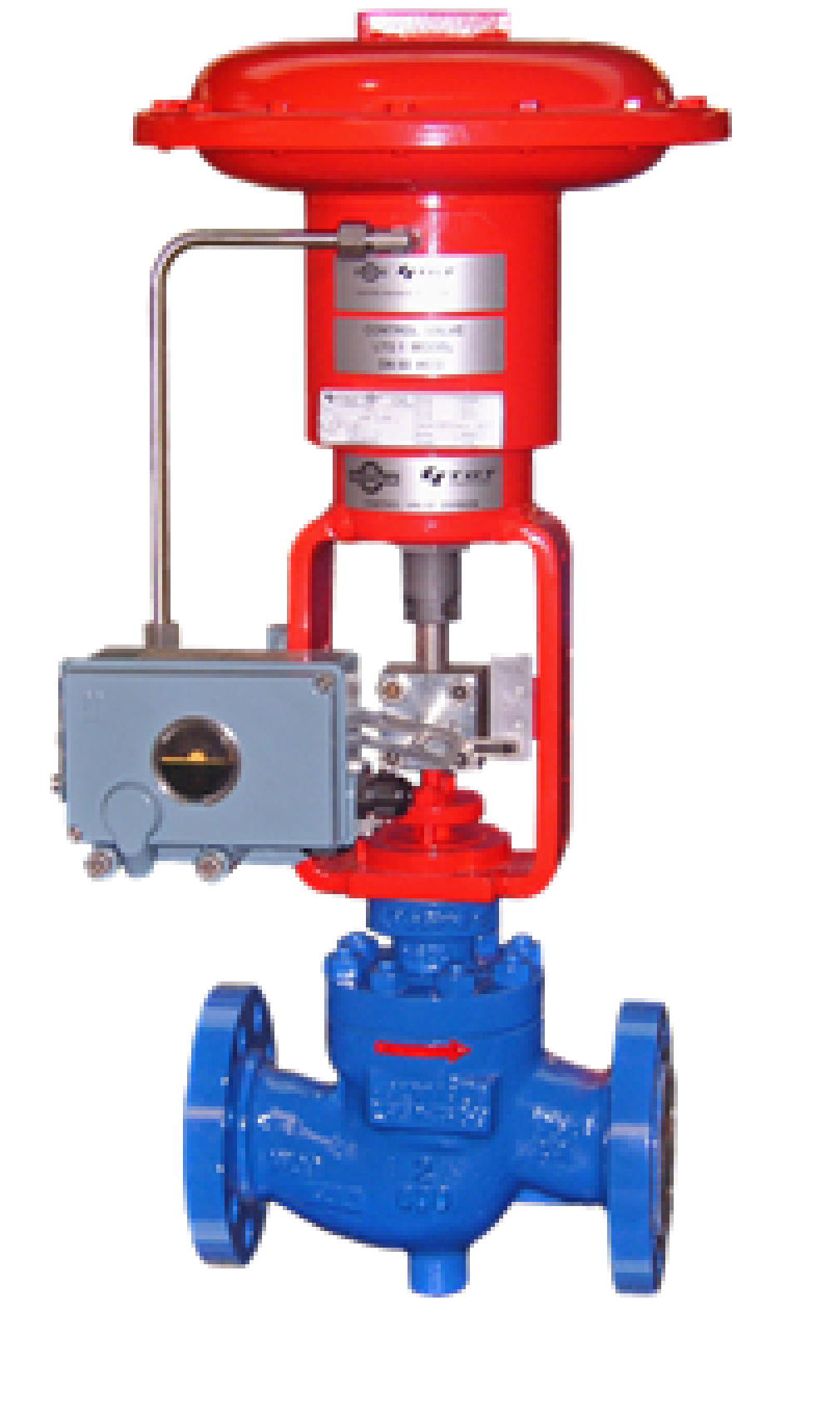Innovative Control Valves: Enhancing Precision and Reliability
Innovative Control Valves: Enhancing Precision and Reliability
Blog Article

Maximize Energy Financial Savings and Convenience With Advanced Structure Automation Controls
In the realm of modern style and facility monitoring, the combination of innovative building automation manages stands as a crucial advancement. By harnessing the power of automation, structures can adjust, respond, and advance in ways that were once unthinkable.
Energy Efficiency Advantages
Energy performance advantages can dramatically decrease energy intake and functional prices in buildings. By carrying out energy-efficient practices and innovations, building proprietors and operators can attain significant cost savings while additionally adding to ecological sustainability. One of the key advantages of improving power effectiveness in buildings is the reduction of energy costs. Energy-efficient systems, such as advanced building automation controls, can optimize making use of sources like cooling, lights, and home heating, resulting in reduced energy expenditures gradually.
Additionally, enhanced power efficiency can prolong the life-span of building equipment and systems. By operating extra efficiently, a/c systems, lighting fixtures, and other structure elements experience much less damage, resulting in decreased maintenance and replacement expenses. In addition, energy-efficient structures often command greater home worths and rental rates, providing long-lasting monetary benefits to proprietors.
In addition, energy performance can enhance passenger comfort and performance. Effectively controlled interior environments with optimum lights and thermal conditions produce a more pleasant and conducive workspace, leading to boosted worker fulfillment and efficiency. In general, the energy performance benefits connected with advanced building automation controls are diverse, including expense savings, environmental stewardship, and passenger health.
Boosted Comfort Control
Enhancing convenience control in building atmospheres calls for an innovative integration of innovative automation systems for ideal resident well-being. By making use of innovative building automation controls, facilities can tailor the indoor atmosphere to satisfy the specific needs and preferences of residents. These systems allow precise law of ventilation, illumination, and temperature, producing a comfortable and efficient ambience. Passenger satisfaction and productivity are closely linked to thermal convenience, making it important to have systems in position that can adapt to changing conditions in real-time.
Improved comfort control surpasses fundamental temperature level changes. It includes attributes such as individualized settings, tenancy sensors, and natural light application to create a vibrant and receptive environment. By integrating these sophisticated controls, buildings can not just boost comfort yet likewise boost energy efficiency by maximizing system procedures based on actual tenancy and use patterns. Eventually, prioritizing occupant comfort with sophisticated automation systems causes a much more delightful and healthier interior setting.
Operational Effectiveness Improvements

Moreover, the execution of real-time surveillance and analytics devices allows building drivers to determine energy inefficiencies and operational anomalies quickly. By constantly checking power use patterns and system performance metrics, modifications can be made in real-time to enhance energy intake and make sure peak functional performance. control valves. Additionally, including demand feedback techniques into structure automation controls can better boost functional performance by dynamically readjusting energy usage based on grid conditions and rates signals
Indoor Climate Optimization
Efficient interior environment optimization is a basic element of building automation controls, ensuring occupants' comfort and wellness while optimizing energy financial savings. By using sophisticated sensing units and controls, constructing automation systems can continually check and change temperature, moisture levels, air high quality, and air flow to develop an ideal indoor atmosphere. Keeping constant and comfy conditions not only improves owner contentment but likewise increases productivity and overall well-being.
Interior environment optimization also plays a critical role in energy efficiency. By fine-tuning heating, ventilation, and cooling systems based upon real-time data and tenancy patterns, developing automation controls can dramatically lower power intake - control valves. Carrying out techniques such as demand-controlled air flow and thermal zoning can aid reduce power waste while ensuring that each area of the building receives the required conditioning.

Lasting Atmosphere Creation
Structure automation controls not just maximize indoor environment problems for power efficiency and resident comfort yet additionally lay the foundation for producing a sustainable setting with critical monitoring of resources and systems. By integrating advanced structure automation innovations, such as sensing units, actuators, and intelligent software, centers can readjust and check power use in real-time to minimize waste and minimize their carbon impact. These systems allow anticipating upkeep, recognizing potential issues before they escalate and optimizing tools performance to enhance longevity and performance.
Furthermore, lasting atmosphere development expands past energy administration to incorporate water preservation, waste decrease, and interior air quality renovation. Building automation controls can regulate water use, spot leaks, and make certain appropriate garbage disposal methods, contributing to overall sustainability efforts. In addition, by keeping an eye on and controlling ventilation and purification systems, these innovations boost passenger wellness and performance while decreasing power intake connected with cooling and heating operations.
Verdict
In verdict, advanced building automation manages offer significant benefits in regards to power cost savings, convenience control, operational performance, indoor climate optimization, and developing a sustainable setting. By special info executing these controls, buildings can achieve ideal performance while minimizing energy intake and improving owner comfort. It appears that the usage of advanced automation innovation is vital in improving building efficiency and creating a much more lasting future.
Power effectiveness benefits can considerably minimize power intake and operational expenses in buildings. In general, the power effectiveness advantages connected with advanced structure automation controls are complex, incorporating expense savings, environmental stewardship, and passenger health.
In addition, integrating need reaction strategies right into building automation controls can further boost functional effectiveness by dynamically readjusting energy use based on grid problems and pricing signals.
Structure automation regulates not only maximize interior environment conditions for energy efficiency and resident comfort yet additionally best site lay the structure for creating a lasting atmosphere with tactical administration of systems and sources.In conclusion, progressed building automation regulates deal substantial advantages in terms of energy financial savings, convenience control, functional performance, interior environment optimization, and creating a sustainable atmosphere.
Report this page